Exploring the world of ancient scripts and languages offers a glimpse into the past civilizations that once thrived. These lesser-known scripts provide invaluable insights into the cultures, beliefs, and daily lives of ancient peoples. This article delves into some of the most intriguing yet less familiar ancient scripts and languages. Each script or language discussed has a unique history and significance.
Elamite
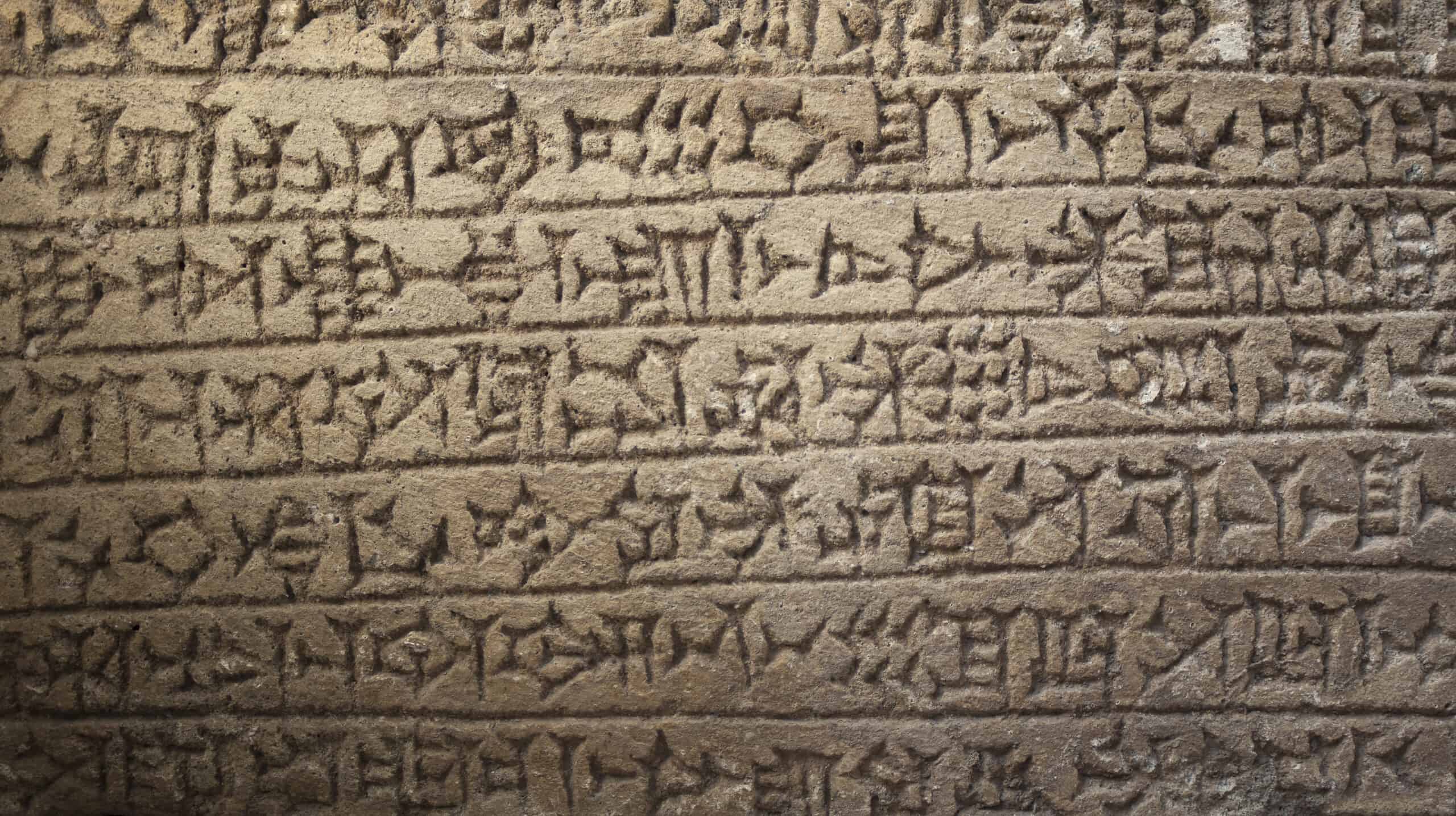
Elamite was the language of the ancient Elamite civilization, located in present-day Iran. It was used from around 2800 BCE to 300 BCE. The Elamite script evolved over time, starting with pictograms and later adopting cuneiform writing. This evolution reflects the cultural exchanges between Elam and neighboring Mesopotamia. Elamite texts provide insights into administrative practices, religious rituals, and royal decrees.
Linear A
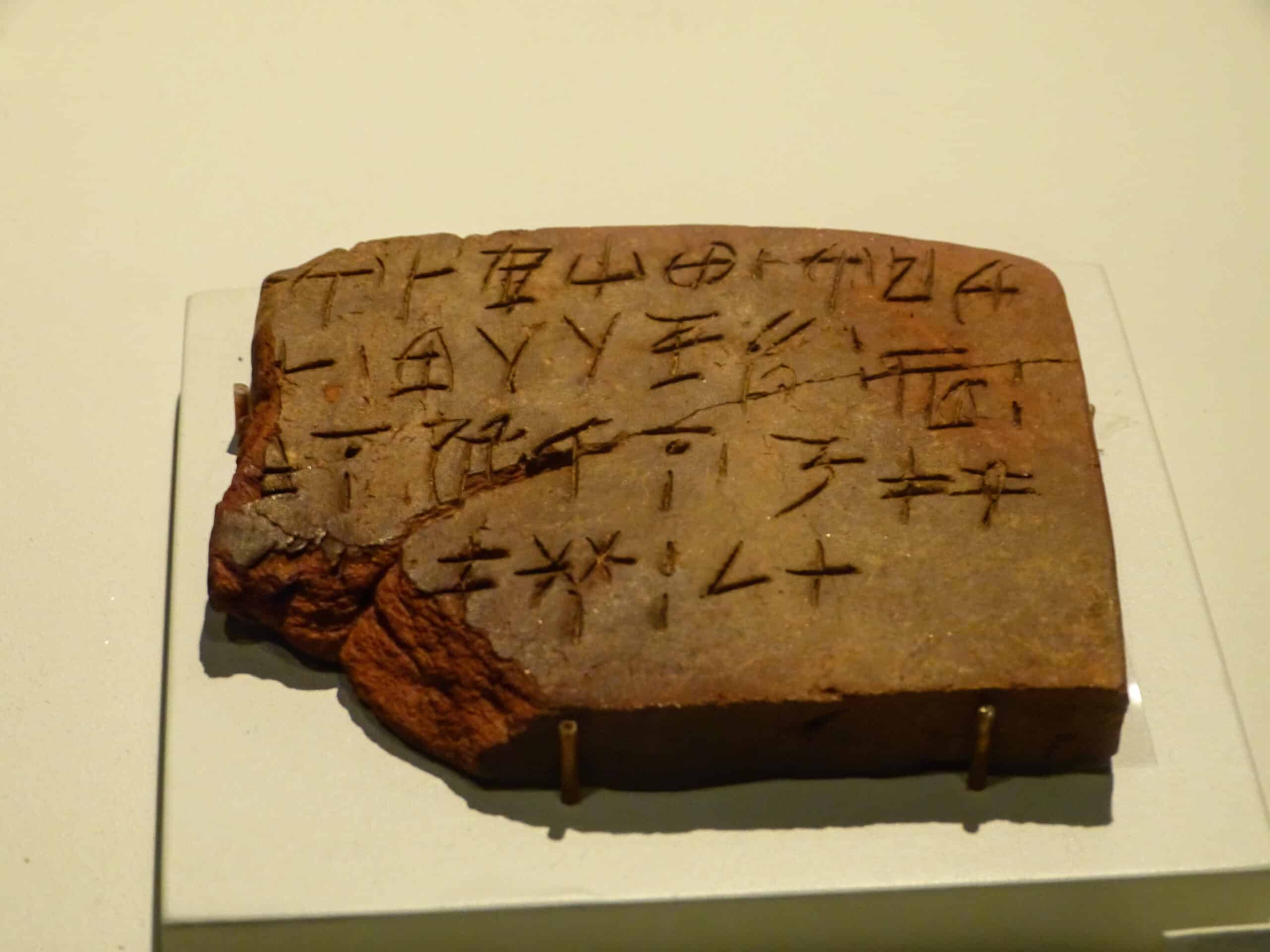
Linear A is an undeciphered script used by the Minoan civilization on Crete from approximately 1800 to 1450 BCE. Unlike its successor, Linear B, which was used for Mycenaean Greek, Linear A remains a mystery. The script comprises over 90 symbols and was mainly used for administrative and religious texts. Despite numerous attempts, its language and meaning are still not understood.
Eteocretan
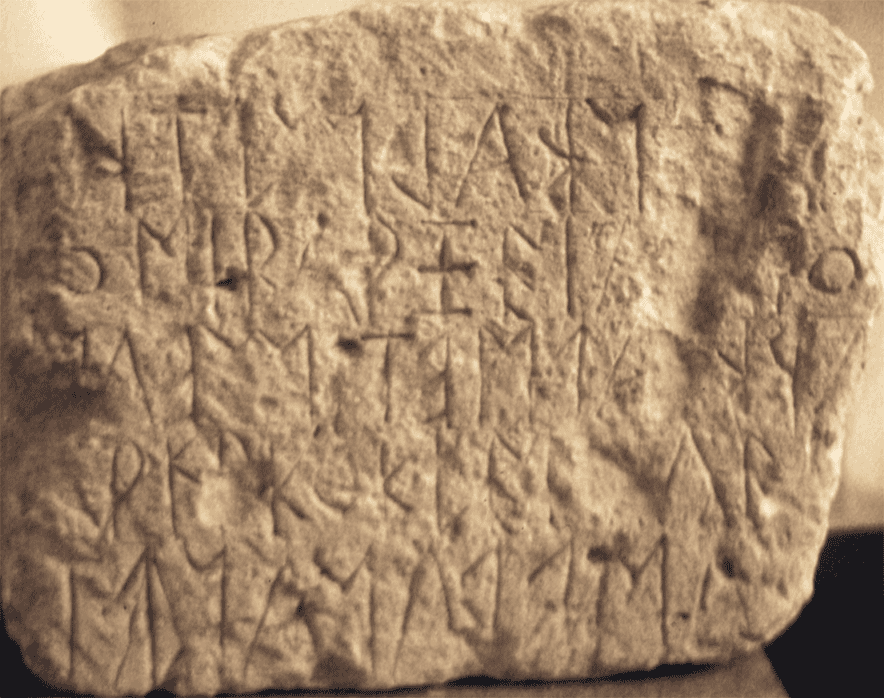
Eteocretan was spoken by the ancient inhabitants of Crete before the widespread use of Greek. It is known from a few inscriptions dated to the 7th and 6th centuries BCE. The script used for Eteocretan is derived from the Greek alphabet but represents a non-Greek language. This suggests a unique cultural identity persisting despite Greek influence. The most notable Eteocretan inscriptions come from the towns of Praisos and Dreros. These texts are short and fragmentary, making decipherment difficult.
Etruscan
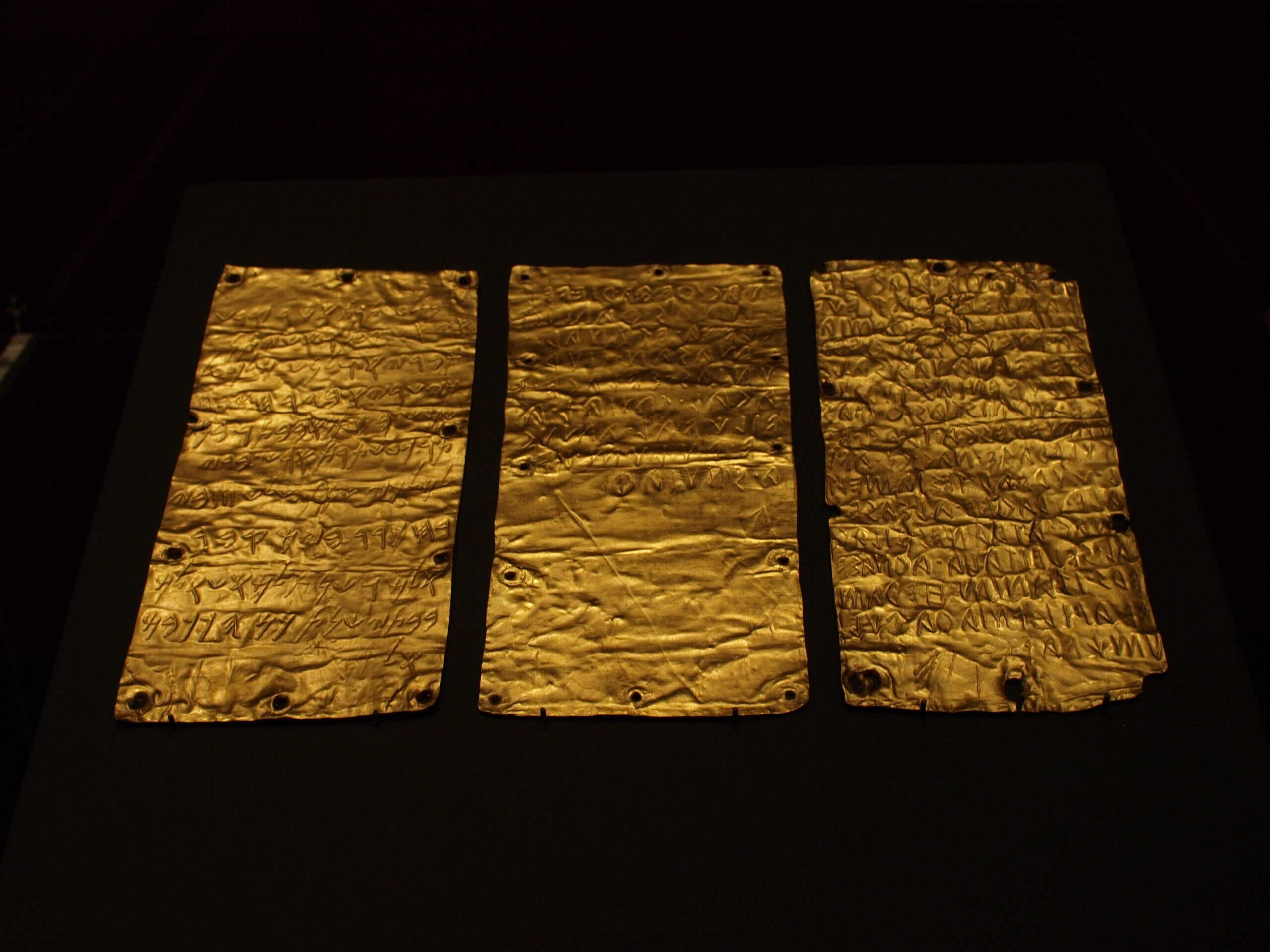
Etruscan was spoken by the Etruscans in Italy before the rise of Rome. The language was used from around 700 BCE to 100 CE. Etruscan inscriptions have been found on tombs, mirrors, and pottery. The script is derived from the Greek alphabet but adapted to fit the Etruscan language’s unique sounds. Etruscan texts include religious, funerary, and dedicatory inscriptions. One of the most famous Etruscan artifacts is the Liber Linteus, a linen book used as mummy wrappings.
Pahlavi
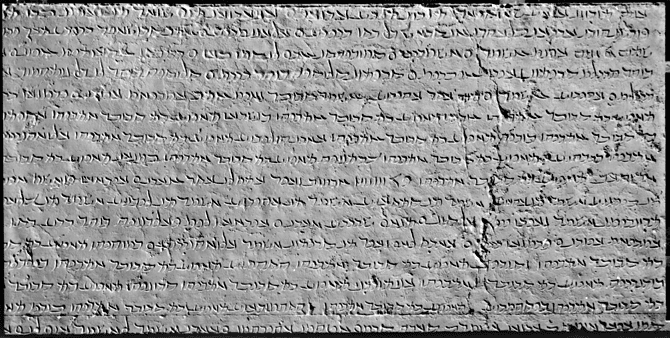
Pahlavi is the script used for the Middle Persian language during the Sassanian Empire (224-651 CE). It evolved from the Aramaic script and was used for administrative, religious, and literary texts. The Pahlavi script includes several unique symbols and ligatures, reflecting the complexity of Middle Persian phonology. Pahlavi texts are vital for understanding Zoroastrianism, the state religion of the Sassanian Empire. Many religious texts, including the Zend-Avesta, were written in Pahlavi.
Lycian
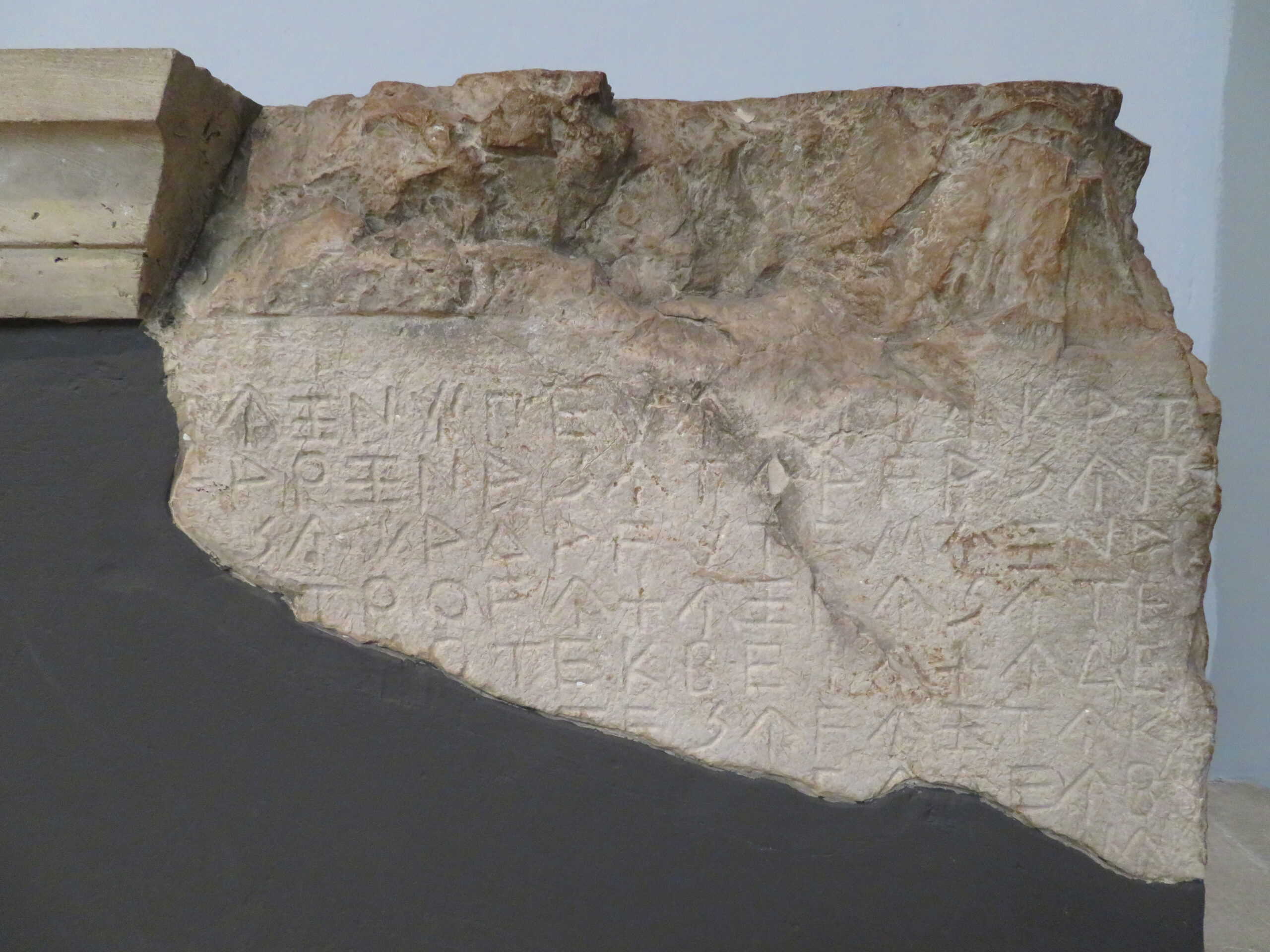
Lycian was spoken in the region of Lycia in present-day Turkey from around 500 to 300 BCE. The Lycian script is an alphabet derived from the Greek script, tailored to the Lycian language. Inscriptions have been found on tombs, monuments, and coins, providing insights into Lycian society and politics. The most famous Lycian inscription is the Xanthos Obelisk, a bilingual text in Lycian and Greek. This artifact has been key to understanding the Lycian language and script.
Lydian
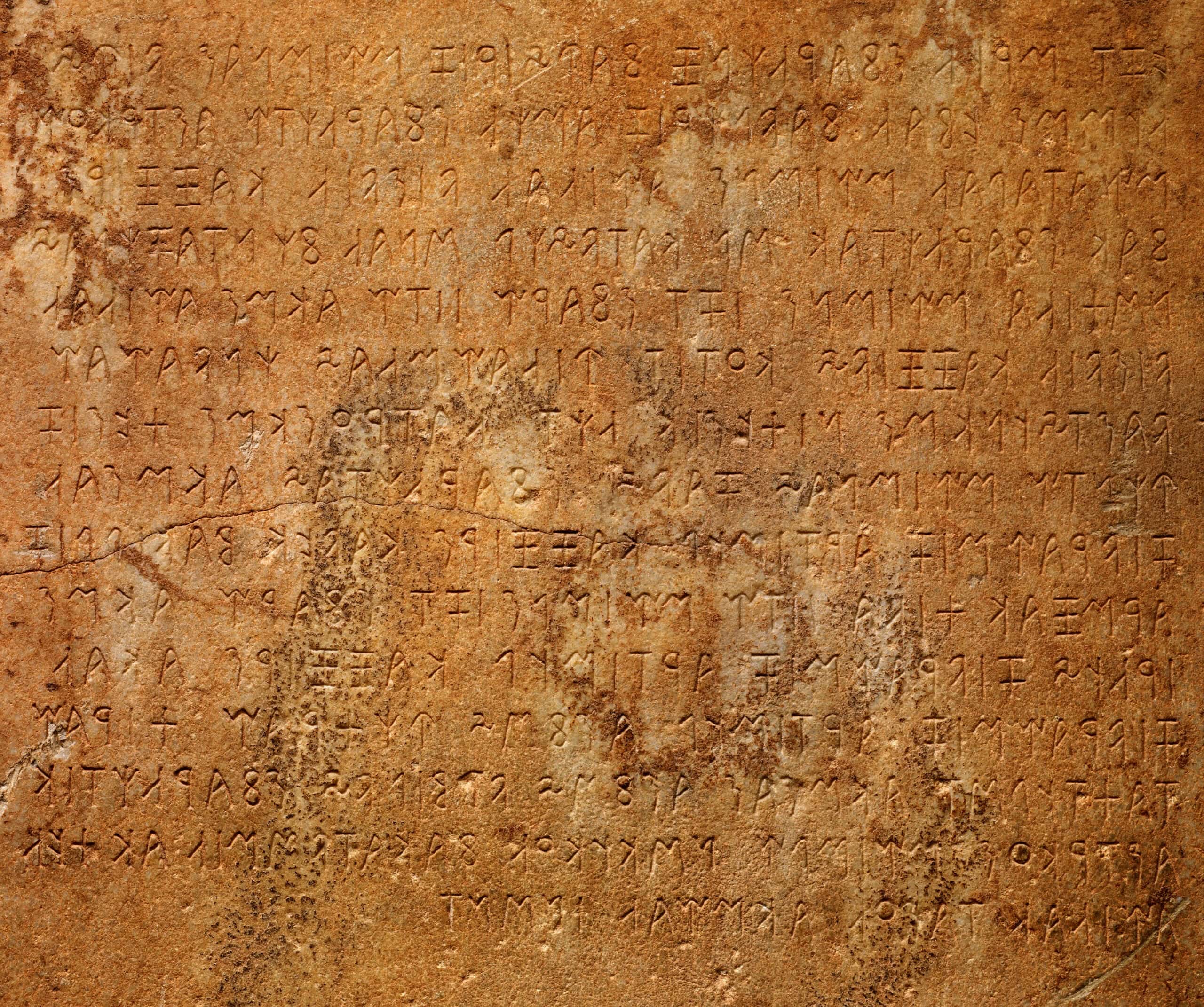
Lydian was used in the ancient kingdom of Lydia, located in western Anatolia, from the 7th to 3rd centuries BCE. The script is an alphabet derived from the Greek script, with unique adaptations. Lydian inscriptions have been found on tombs, monuments, and coins, reflecting the kingdom’s wealth and power. One of the most significant Lydian inscriptions is the text from the tomb of King Alyattes, father of the famous Croesus. These inscriptions provide valuable information about Lydian language and culture.
Carian
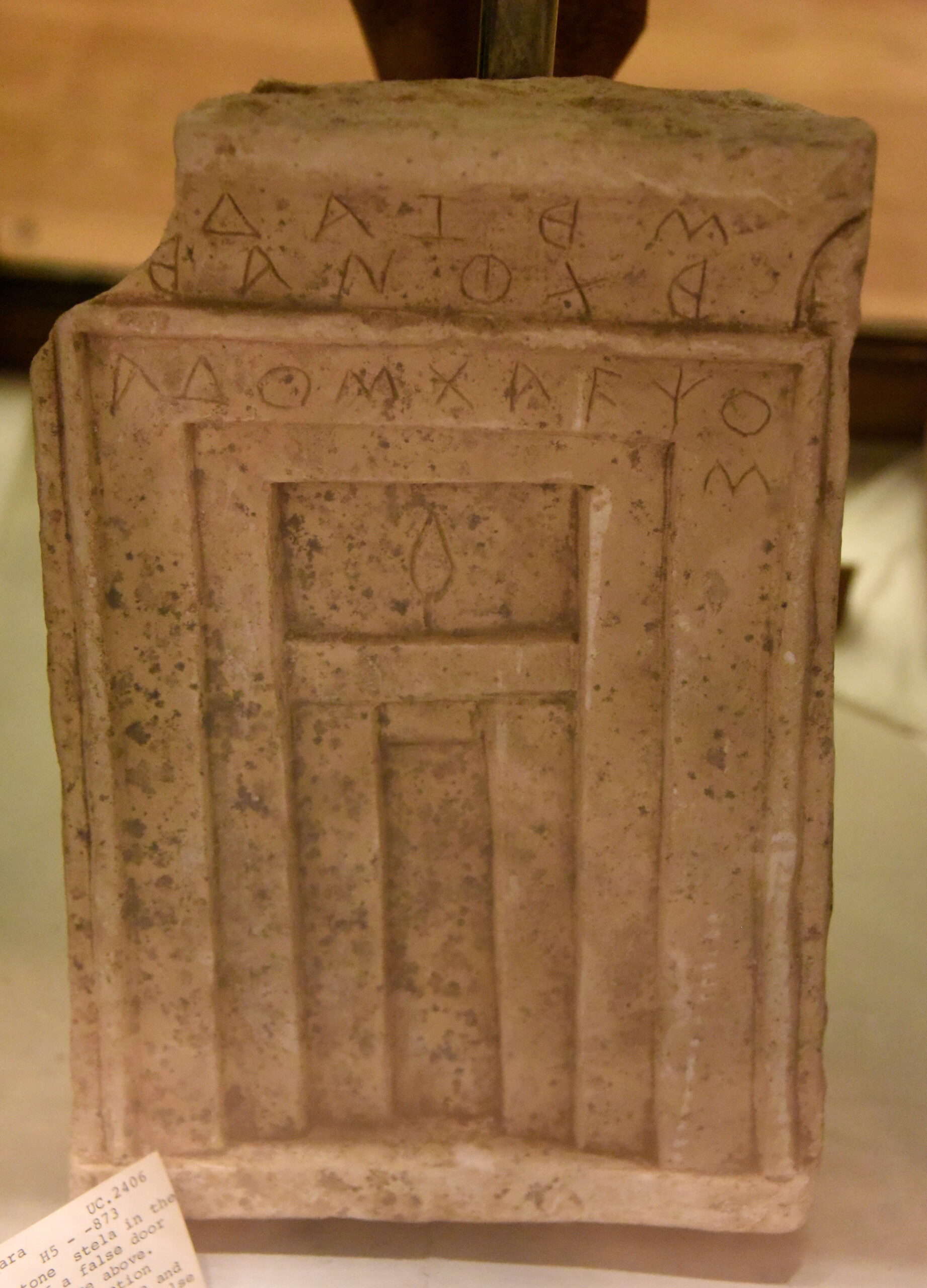
Carian was spoken in the region of Caria in southwestern Anatolia from around 700 to 200 BCE. The Carian script is unique, with some symbols resembling Greek letters but representing different sounds. Carian inscriptions have been found in Caria and in Egypt, where Carian mercenaries served. The Rosetta Stone played a crucial role in deciphering Carian, as it included a Carian text alongside Greek and Egyptian hieroglyphs. Carian texts reveal a society with strong connections to both the Aegean and Near Eastern worlds.
Meroitic
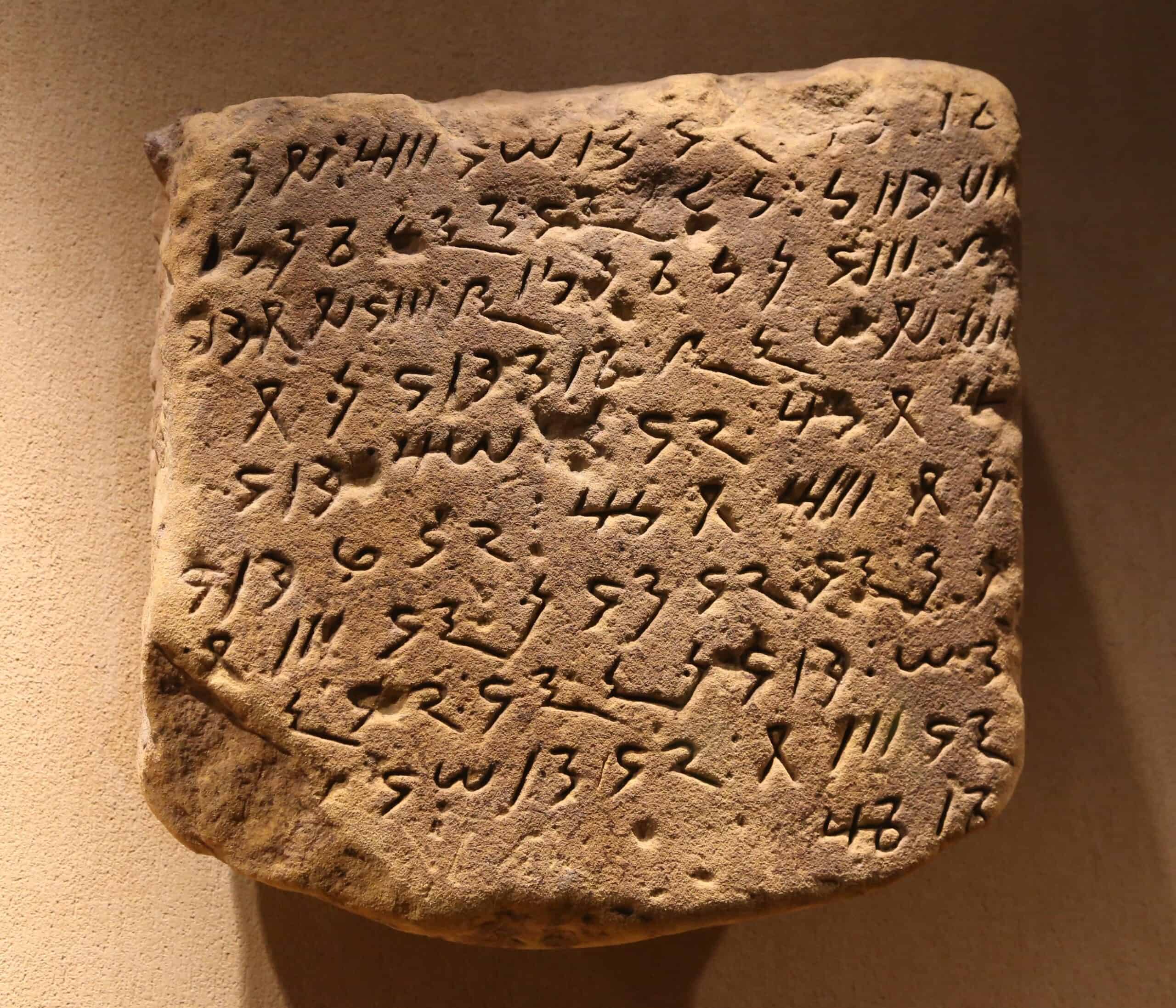
Meroitic was used in the Kingdom of Meroë in present-day Sudan from around 300 BCE to 400 CE. The script comes in two forms: hieroglyphic and cursive, both derived from Egyptian scripts. Meroitic was used for royal inscriptions, administrative documents, and religious texts. Despite significant research, the Meroitic language remains only partially understood. Inscriptions reveal a highly organized society with a complex bureaucracy and rich religious life.
Iberian
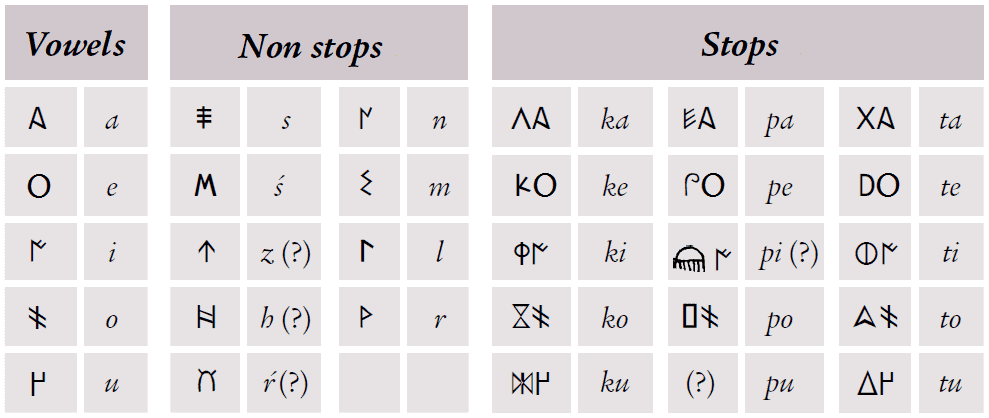
The Iberian script was used by the ancient Iberians in modern-day Spain and Portugal. It dates back to around the 4th century BCE. This script was mainly employed for inscriptions on stone and metal. Iberian writing combines elements of alphabetic and syllabic systems. It reflects influences from Phoenician and Greek scripts. Despite many inscriptions, the Iberian language remains only partially deciphered. The script was used for various purposes, including trade, administration, and funerary inscriptions.
Ogham
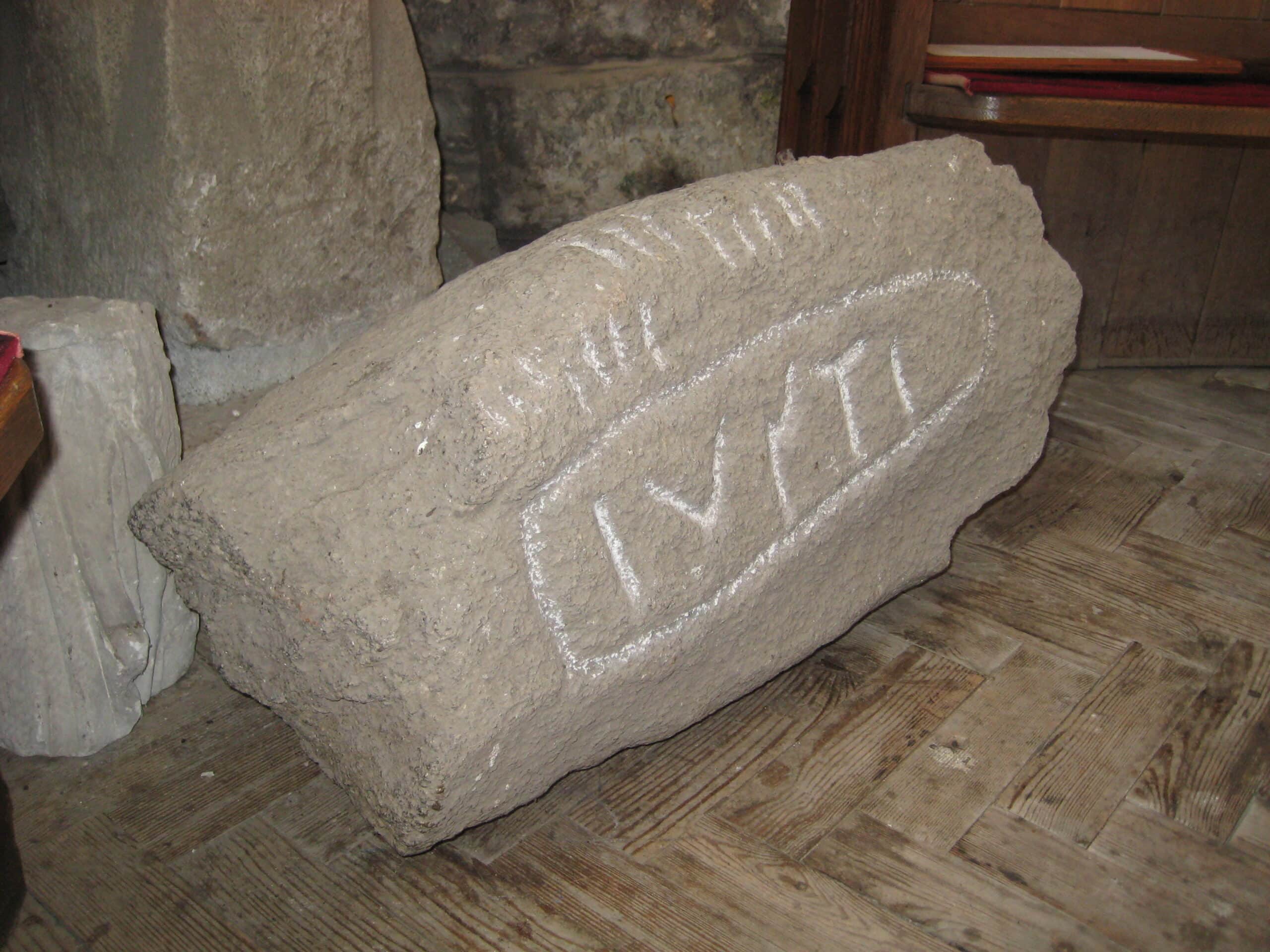
Ogham is an early medieval alphabet used primarily to write the early Irish language. It dates from the 4th to the 9th centuries CE. Ogham inscriptions are found on stones across Ireland and western Britain. The script consists of 20 characters, each represented by a series of notches and lines. The script was used mainly for monumental inscriptions. These often marked territorial boundaries or commemorated individuals. Ogham’s unique design makes it easily recognizable.
Tocharian
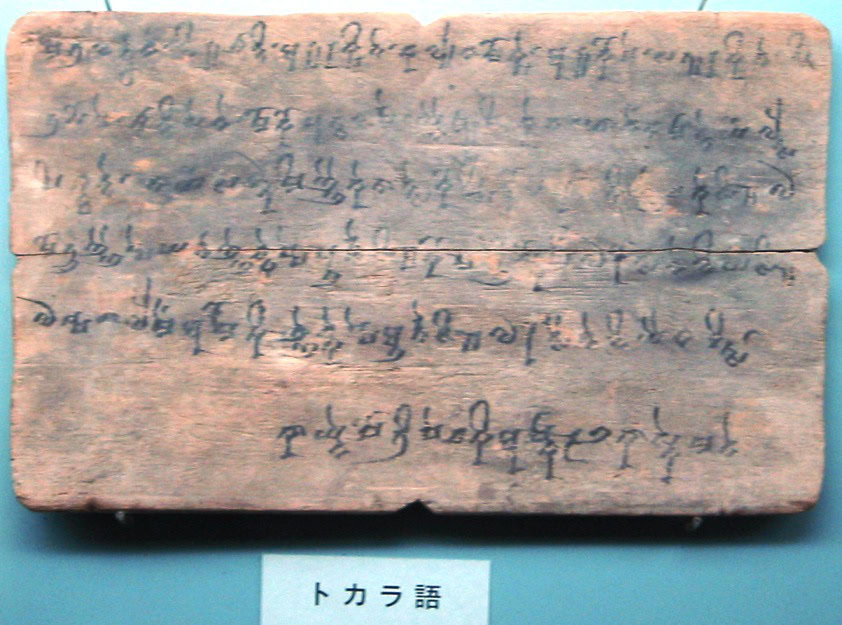
Tocharian was spoken by the Tocharians in the Tarim Basin, now part of China, from the 6th to 9th centuries CE. The language is known from manuscripts found in the region. It is written in the Brahmi script. Tocharian is unique as it belongs to the Indo-European language family. Two dialects, Tocharian A and B, have been identified. Texts include religious, administrative, and commercial documents. The discovery of Tocharian challenged existing theories about the spread of Indo-European languages.
Ugaritic
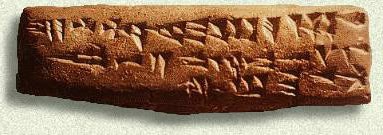
Ugaritic was used in the ancient city of Ugarit, located in modern-day Syria. It dates back to the 14th century BCE. The script is a cuneiform alphabet consisting of 30 characters. Ugaritic was used for various texts, including religious, literary, and administrative documents. The discovery of Ugaritic texts has greatly enhanced our understanding of ancient Near Eastern cultures. These texts include the famous Baal Cycle, a significant source of Canaanite mythology.
Old Persian Cuneiform
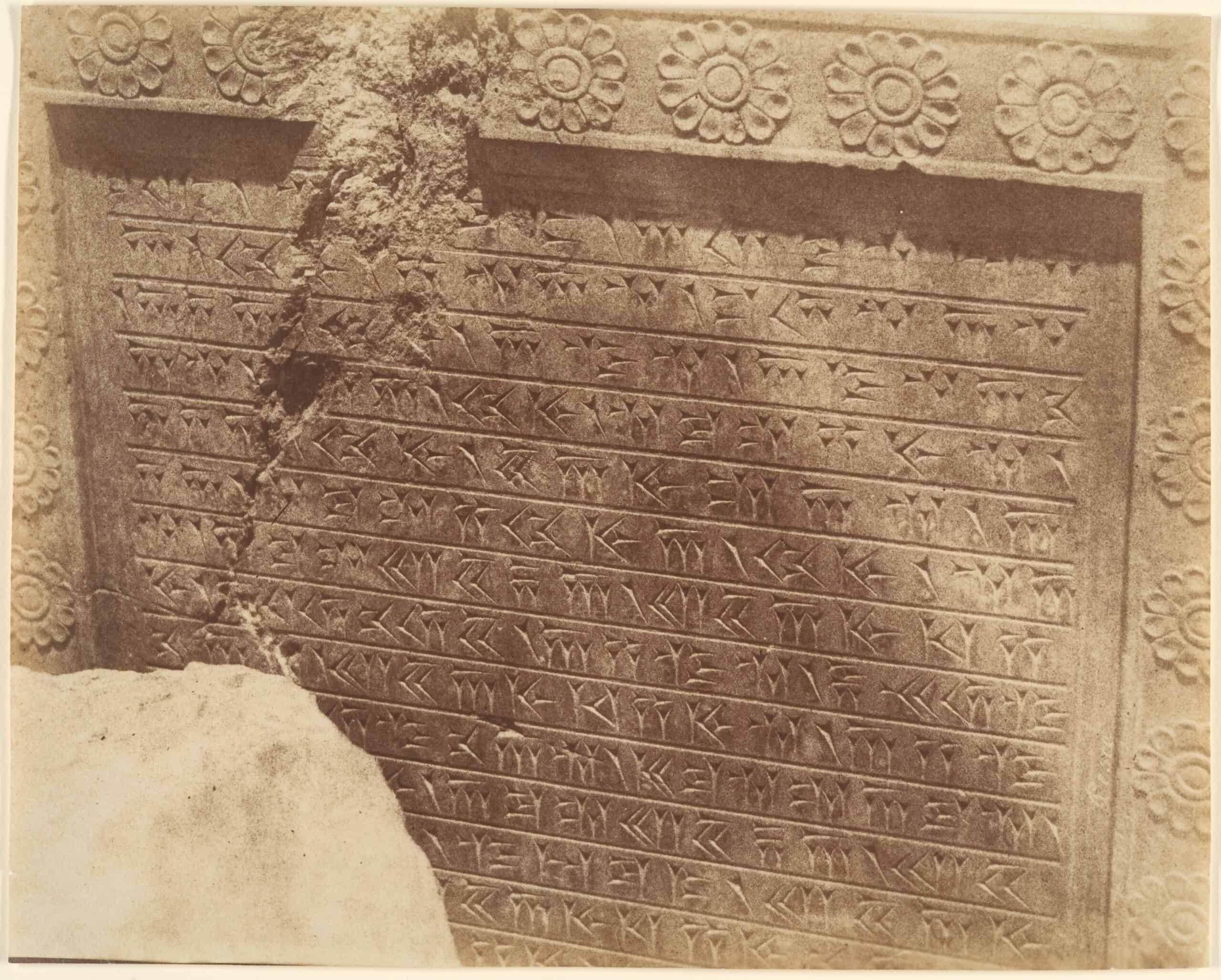
Old Persian Cuneiform was used during the Achaemenid Empire (6th to 4th centuries BCE). It is a simplified cuneiform script, used primarily for monumental inscriptions. The most famous example is the Behistun Inscription. This trilingual inscription includes Old Persian, Elamite, and Babylonian. Old Persian Cuneiform consists of 36 phonetic characters and a few ideograms. It was mainly used for royal inscriptions and official decrees.
Proto-Sinaitic
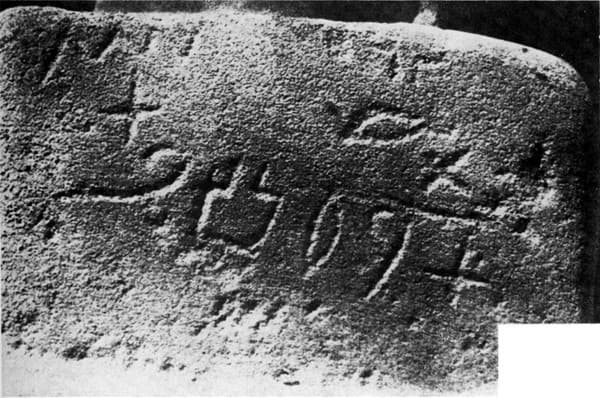
Proto-Sinaitic is one of the earliest known alphabets, dating back to around 1800 BCE. It was discovered in the Sinai Peninsula and is believed to be a precursor to the Phoenician alphabet. The script consists of pictographic symbols representing consonantal sounds. Proto-Sinaitic inscriptions are limited and often brief. They were mainly used for religious and ceremonial purposes. The script’s simplicity and adaptability laid the foundation for the development of later alphabets.
Oscan
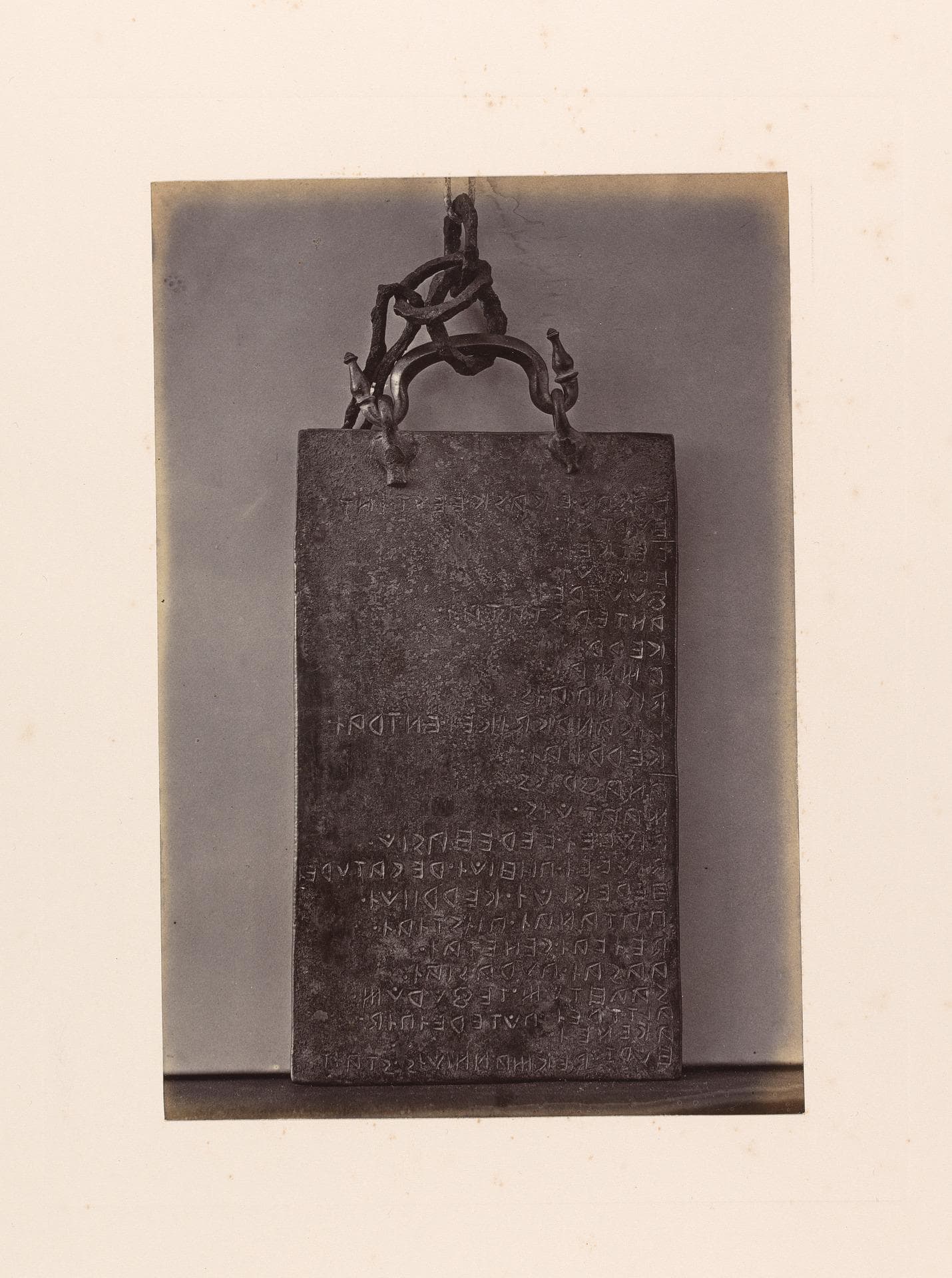
Oscan was used by the Italic tribes in southern Italy from the 5th to 1st centuries BCE. The script is an alphabet derived from the Etruscan script. Oscan inscriptions are found on various artifacts, including pottery, coins, and tombs. The language was used for administrative, religious, and commercial texts. Oscan provides insights into the social and political structures of ancient Italic tribes. Its study helps to understand the linguistic diversity of pre-Roman Italy.
Phrygian
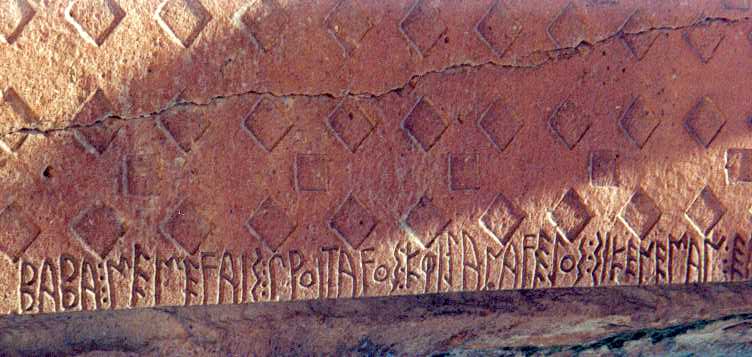
Phrygian was spoken in ancient Phrygia, located in modern-day Turkey. The script was used from around the 8th century BCE to the 3rd century CE. Phrygian inscriptions have been found on tombs, monuments, and pottery. The script shows influences from the Greek alphabet. Phrygian texts include religious dedications, epitaphs, and decrees. The language is known for its distinctive phonetic and morphological features. The study of Phrygian has provided insights into the region’s cultural and linguistic interactions.
Runes (Elder Futhark)
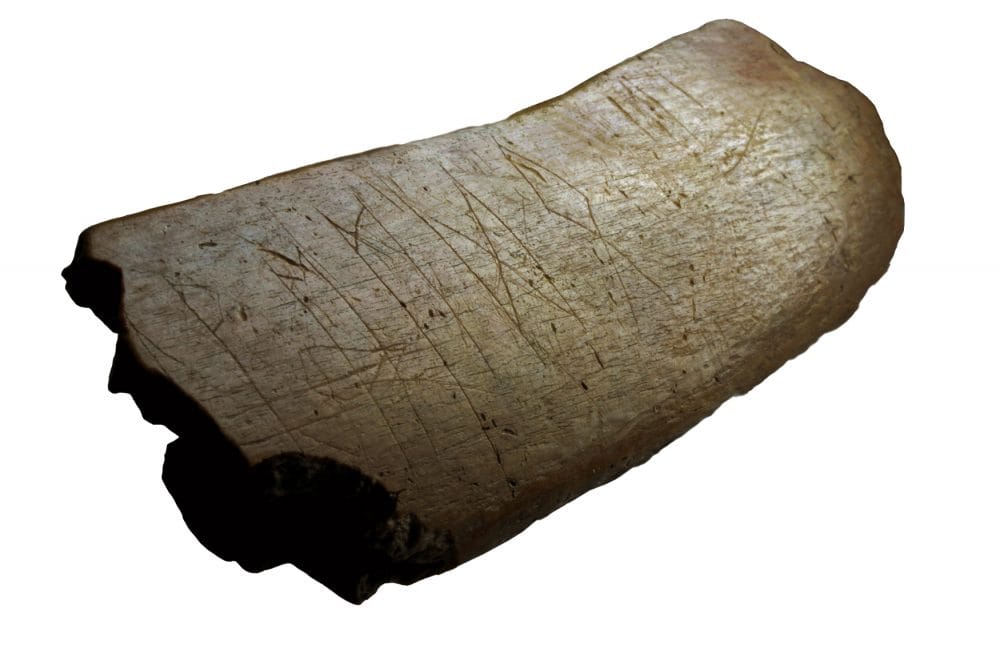
Elder Futhark is the oldest form of the runic alphabets used by Germanic tribes. It dates from the 2nd to the 8th centuries CE. The script consists of 24 characters, each with a unique symbolic meaning. Runes were used for inscriptions on stone, wood, and metal. The script was employed for various purposes, including memorials, magical spells, and ownership marks. Elder Futhark provides valuable insights into the early Germanic language and culture.
Hittite Cuneiform
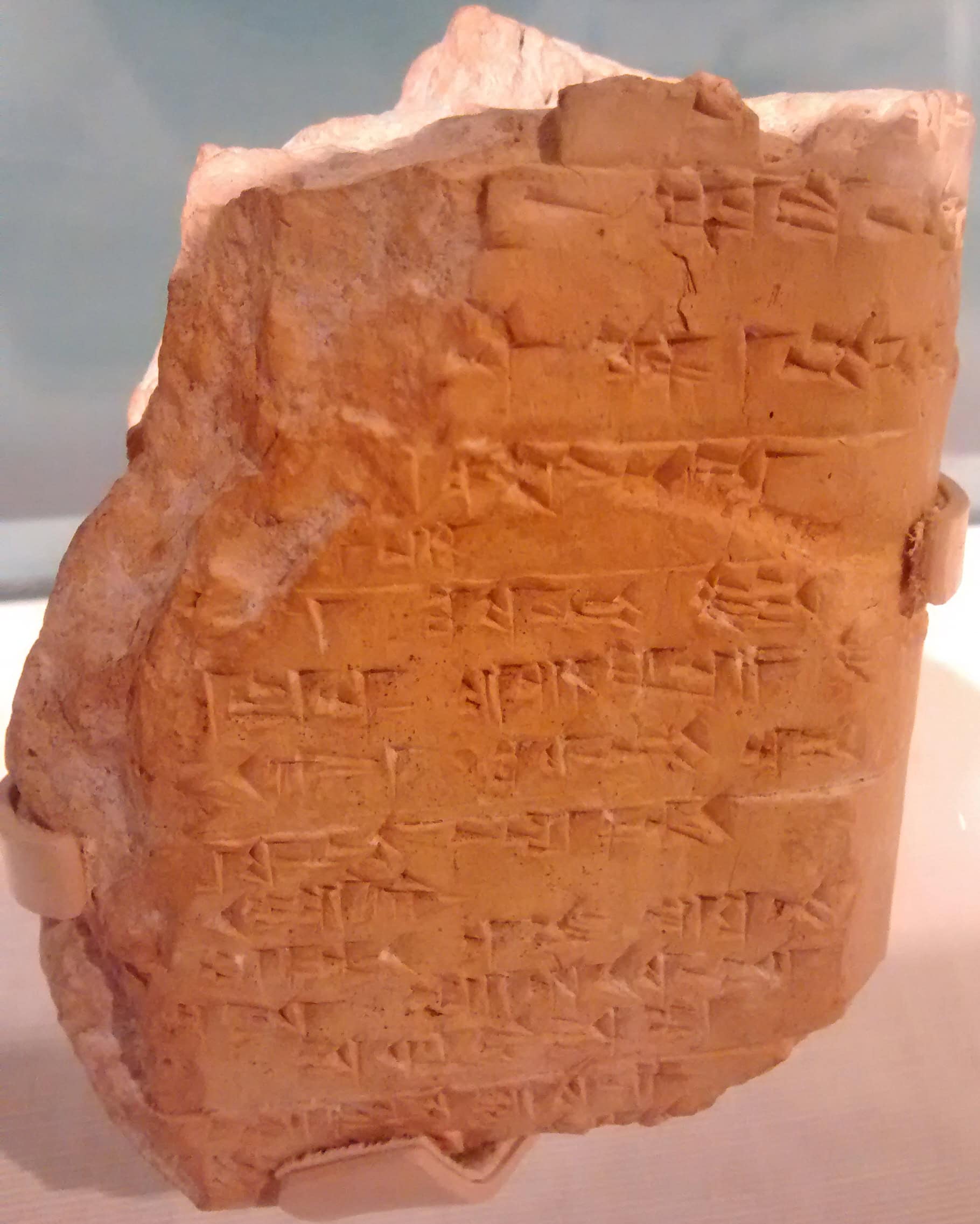
Hittite Cuneiform was used by the Hittite civilization in Anatolia from around 1600 to 1100 BCE. The script is derived from Mesopotamian cuneiform and adapted to the Hittite language. Hittite texts include legal codes, treaties, and religious texts. The discovery of Hittite archives at Hattusa has provided a wealth of information about the Hittite Empire. These texts reveal a highly organized society with a complex legal and administrative system.
This article originally appeared on Rarest.org.
More from Rarest.org
1975 Jefferson Nickel Value Guide
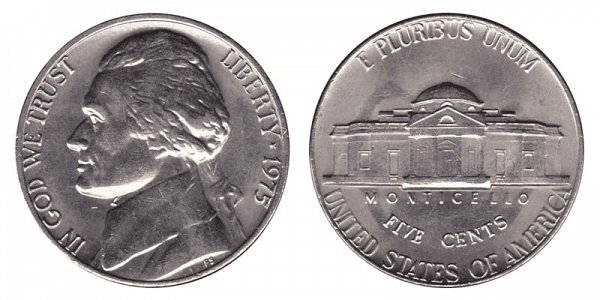
If you are looking for a new nickel to add to your coin collection, you would be happy to include the 1975 nickel. Read More.
1973 Washington Quarter Value Guide
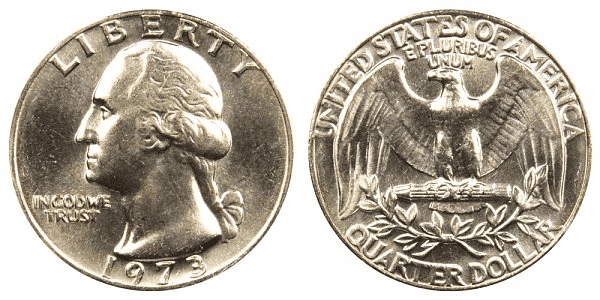
The 1973 quarter nickel is an old coin. This coin is already 50 years old at the time of this writing. With this age, the 1973 quarter is an interesting coin to add to your collection. Read More.
1960 Lincoln Penny Value Guide
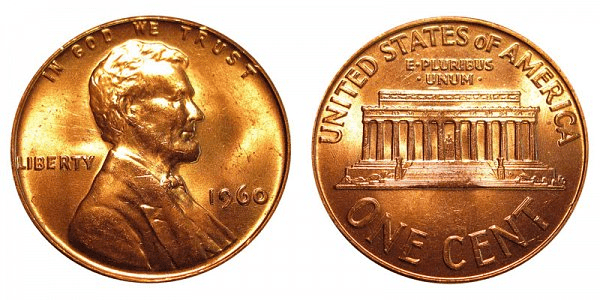
The 1960 penny is a 1-cent coin produced by the US Mint in 1960. As a 60-plus-year-old coin, the 1960 penny is quite popular among collectors. Read More.
